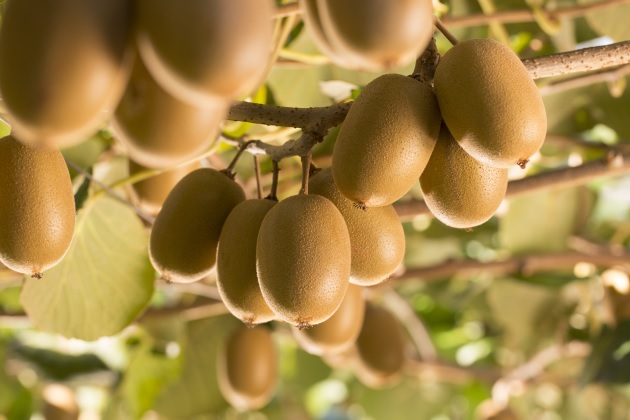Zespri on alert over mystery disease killing Italian kiwifruit

New Zealand-headquartered kiwifruit marketer Zespri is on alert over a mystery disease sweeping through Italian kiwifruit crops and leaving scientists baffled, Stuff reports.
The disease, which growers call “moria” or “die-off”, begins in the roots of kiwifruit vines, which blacken and rot. The leaves then wither and drop, leaving fruit exposed to the sun, and the vines dry up and die within two years.
According to The Guardian, the disease broke out near the Italian city of Verona in 2012 and has affected up to 84% of vines in some places.
Zespri head of global science innovation, Dr Juliet Ansell, reportedly said the kiwifruit marketer was monitoring the situation overseas closely.
Members of its team were involved in an industry-wide response through a kiwifruit vine decline syndrome (KVDS) taskforce recently formed by Zespri and its SunGold kiwifruit partners.
The taskforce would address the short and long-term challenges associated with KVDS, so knowledge could be shared to better understand the impact of the disease and develop tools to support growers.
"We know that optimising soil conditions is important for healthy root growth, and we’ll continue to work with industry so that on-orchard best practice in terms of biosecurity is maintained," Ansell said.
Recent estimates suggest that it now affects 25% of kiwi orchards in Italy, the world’s second-largest producer of the fruit – above New Zealand and below China – and is causing losses worth hundreds of millions of euros.
Because the syndrome starts in the roots, it can spread unobserved until the first leaf symptoms. By then, the decline is already too advanced.
“It’s like the coronavirus, if you will: when the symptoms appear, it’s already too late,” Gianni Tacconi, a genomics researcher with Italy’s Council for Agricultural Research and Economics (Crea), who has studied kiwi fruit since the early 2000s, told The Guardian.
“It’s difficult for humans to heal; for kiwi vines, I’d say it’s impossible.”
Researchers have looked for the cause in irrigation practices, bacteria, fungi, soil composition and specific replant disease – but found no clear culprit: the more they studied, the more anomalies cropped up.
The syndrome has reportedly struck old and young vines, on virgin soil and decades-old farms, killing vines at lightning speed but sparing others a few yards away. Nothing seems to stop it. Studies have found a kaleidoscope of different pathogens in sick vines – but none was present in every ailing plant.












































